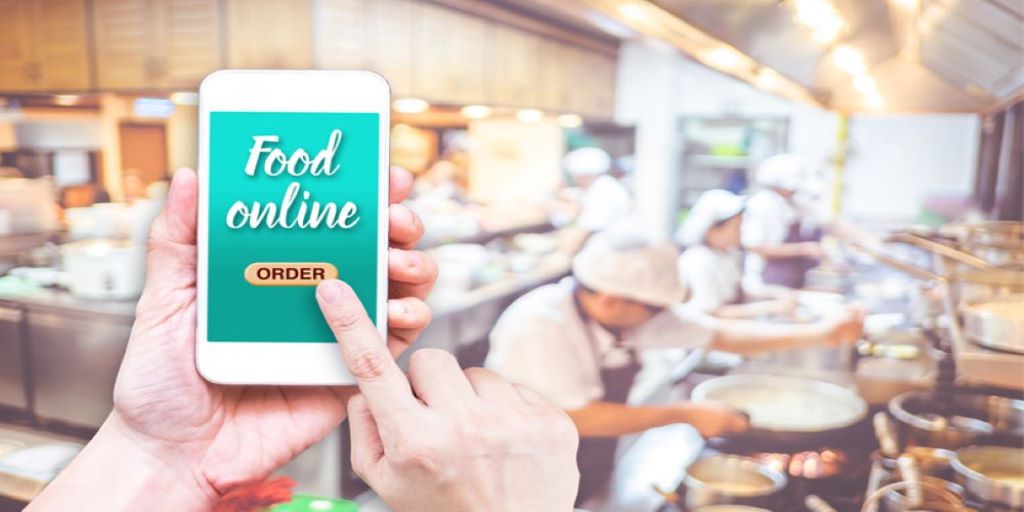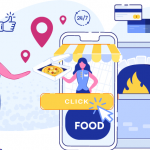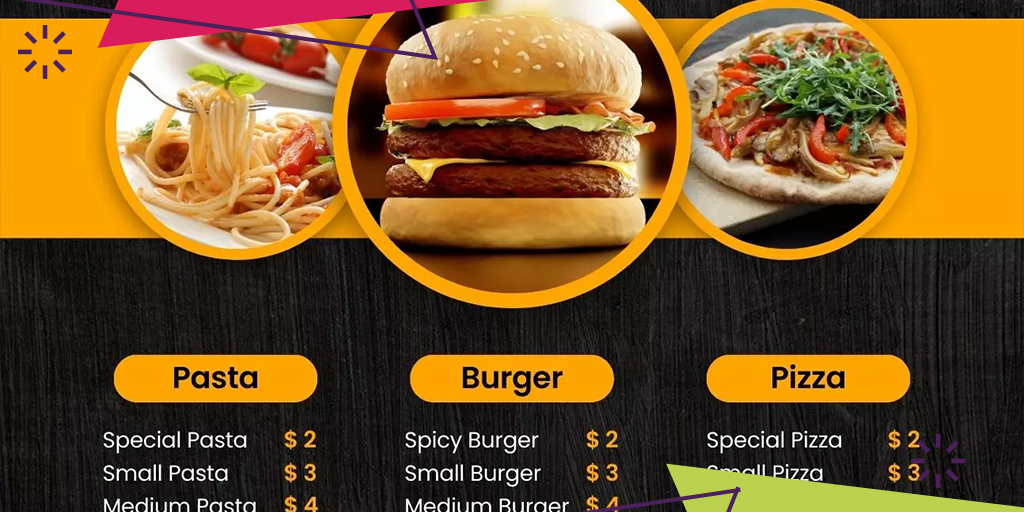Cloud Kitchen Models You Should Know And Invest In
Restaurants are considering the opportunity of a cloud kitchen operation to bring to their service. For some, they are considering to have a cloud kitchen as the only business they will operate. Regardless of your plan and decision about your cloud kitchen, it’s very important for you to know about the different cloud kitchen models. This is to enable you to choose which models will fit your preferences and situation. In this post, we will discuss the different kitchen models that you can invest in and operate in the comfort even of your home.
The independent cloud kitchen model
This model is a single brand, a single kitchen and has no storefront. This is considered the original cloud kitchen model. A type of restaurant that has no dining area and no physical store which puts the owners to take advantage of overhead costs and operating expenses by removing the front of the house. Because of the popularity of the online ordering system, advancement in the restaurant technology field and the high consumer demand for food delivery, this cloud kitchen model became famous compared to other models.
Features of an independent cloud kitchen model
- Orders come from the online ordering system of the restaurant
- Back of House operations only
- It specializes in a single cuisine
- It caters for delivery only
- This model kitchen size is 500 – 600 sq ft
- It relies on online food deliveries and orders placed by customers by calling its hotline.
The Rebel foods or Faasos cloud kitchen model
This is a multi-brand cuisine with a single kitchen and has multiple outlets but still has no storefront.
This model operates based on data analysis of customer demographics, the most popular cuisines or menu and considering the current demand and supply of the locality where your cloud kitchen is located. The advantage of this model is to determine the cuisines that have high demand with lesser restaurants offering them. After identifying popular cuisines the next thing to do is to offer it to your target customers. You can improve on the tastes, presentation and menu management of the cuisine.
This cloud kitchen model another advantage is that you can strategically position your different brands as your own individual restaurants to your market. Having a single shared kitchen among these different brands keeps your operational costs lower, which is different if you’ll operate it as a full-restaurant that is multi-brand. Think of this model as specialized cuisines with different brands, owned by one company which shares the same kitchen.
Features of Rebel food or Faasos cloud kitchen model
- Orders come from online food delivery apps
- Single kitchen with multiple brands
- Each brand have specialized cuisine
- Delivery only
The Freshmenu business model
This is model is a single brand in a single kitchen with multiple outlets and has a storefront.
This model is a mixture between a takeaway restaurant and a cloud kitchen. It looks like a cloud kitchen business model for the most part but also has a storefront. The storefront purpose is to allow customers to walk in and see how their food is prepared in the restaurant. It’s a kind of showmanship to advertise the restaurant brand. Basically, this model utilizes all the operational efficiencies of a typical cloud kitchen business model but also has a window with the customer, which is its storefront.
Features of a Freshmenu cloud kitchen model
- Orders are sourced from online sources
- Single kitchen in a single brand
- Menu changes there’s a mix of seasonal dishes and bestsellers
- Delivery and take away
- This model kitchen size is 1200 – 2000 ft
The Shell business model
This is a multi-restaurant brand, operated in rented co-working kitchens and has no storefront.
This cloud kitchen model is called the shell in the food industry because it’s operated on a kitchen space with the bare minimum infrastructure – gas pipelines, drainage and ventilation systems. Established or new restaurant businesses rent this kind of kitchen space. Then it engages the service of a provider to take care of its online ordering, delivery fleet and menu intelligence in setting-up the cloud kitchen restaurant. The restaurant brings the equipment, staff, raw materials and cuisines to its operation. Simply put, the restaurant does the cooking and the service provider does the rest.
Features of a Shell cloud kitchen model
- Orders come from a service provider like Taker
- A single kitchen which hosts multiple restaurant partner brands
- The restaurant takes care of the menu, kitchen equipment, and staff
- Delivery and fulfillment by a service provider
- The typical kitchen size is 100-500 sq ft within a larger kitchen.
The Zomato Infrastructure Services business model
This is also a multi-restaurant brand with rented kitchens and a storefront.
This cloud kitchen model derived its structure from the earlier shell model. It’s based on the insight of a rented kitchen with built-in kitchen equipment that includes detailed processes. Like the Freshmenu model, these cloud kitchens also have a storefront where customers can walk in and view the cooking of their orders. This model is a mix between a cloud kitchen and takeaway restaurant, similar to the Freshmenu model which is facilitated by Zomato’s restaurant technology.
Features of a Zomato Infrastructure Services cloud kitchen model
- Orders come from Zomato
- Single kitchen with multiple restaurant partner brands
- The restaurant takes care of the menu only
- Zomato takes care of restaurant technology and standard operating procedures
- Customers have the choice of walking into its physical storefronts
- Typical kitchen size is 250-500 sq ft
The Kitopi business model
This cloud kitchen model takes the cooking process and delivery fully outsourced with a third-party service provider.
This is considered a new concept among the cloud kitchen models. In this model, you can outsource everything from your call center operations to your kitchen and up to your delivery. This is a type of restaurant in which the majority of food preparation is outsourced and delivered to your kitchen only for the final touches of your Chef. Then the orders are picked up again and delivered to your customers. The advantage of this model is that you can accept the volume of orders with no worries that you will incur overhead costs and operational expenses because you’re paying a fixed fee from your service providers.
Features of a Kitopi cloud kitchen model
- Orders come in via Kitopi owned call center, through your own online platforms and other service providers.
- Kitopi takes care of your inventory and storage of your raw materials
- Kitopi then cooks the food in its centralized kitchen
- Then sends over the food to your kitchen for your final touches
- Picks the food from you and delivers it to your customer
We already gave you the different cloud kitchen models you should know before you consider investing in one. All of these models have one in common and that’s the need for you to look into a reliable, affordable and quality online ordering system service provider like Taker. It’s very important to make sure your online ordering platform works well because in operating a cloud kitchen restaurant your reliance on it is heavy.
If your restaurant is looking for an online ordering system






